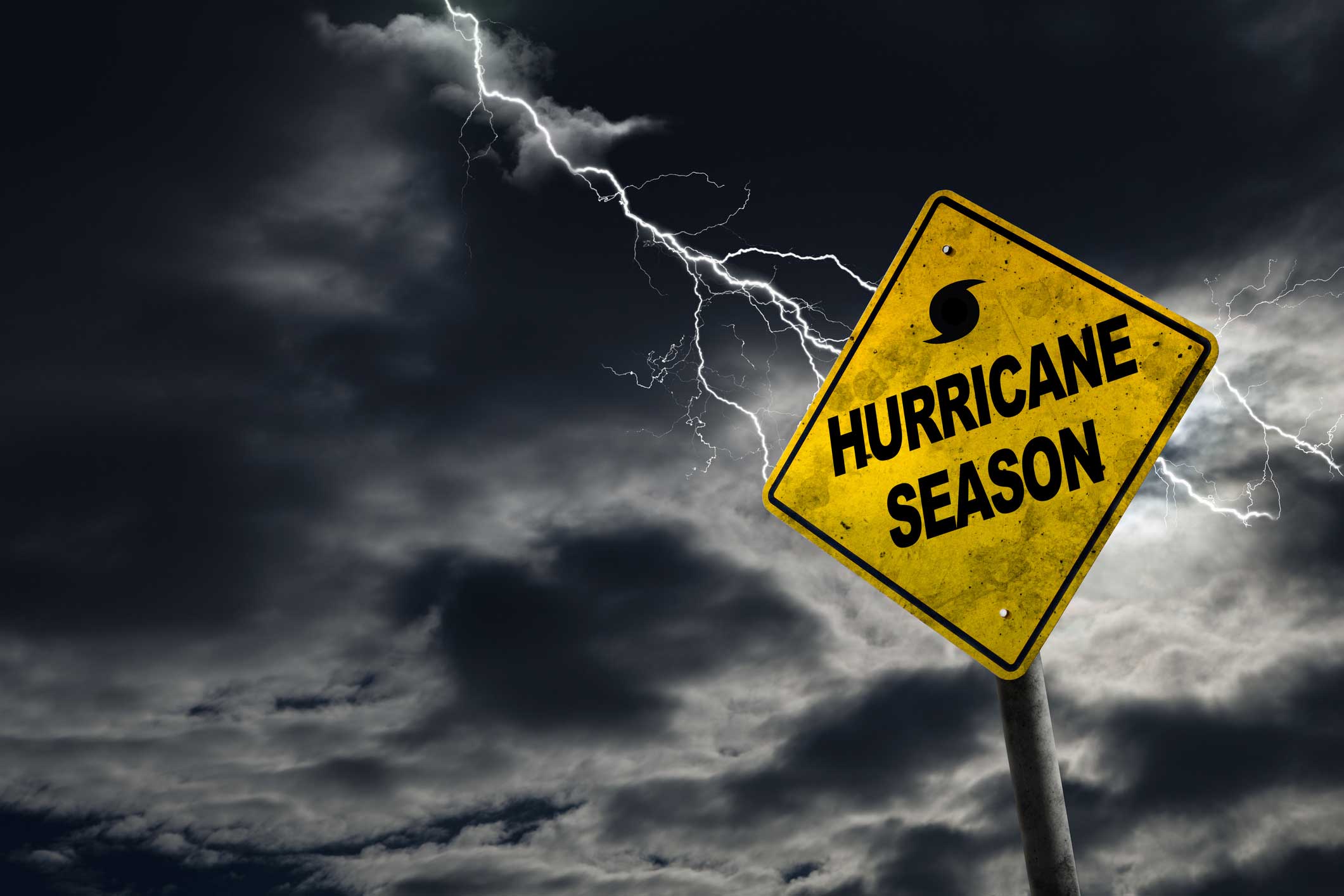Hurricane Irma, the strongest Atlantic storm in recorded history with sustained winds of 185 mph, left at least 68 people dead in the Caribbean and Southeast and more than 12 million Floridians without power. Maria, a category 5 hurricane, has engulfed Puerto Rico as another hurricane, Jose, gathers strength to the south.
Hurricane Harvey seems like a long time ago..
So how do you prepare for a hurricane like Irma that, in the estimation of climate scientist and hurricane expert Kerry Emanuel of the Massachusetts Institute of Technology, holds more than twice the energy (at about 7 million watts) than all the bombs combined used in World War II?
Patrick Turek, Hartford Hartford HealthCare’s system director of emergency management, says people should should follow Red Cross preparedness recommendations whenever a hurricane is expected to hit. (En español: aquí.)
1. Make a PLAN
Plan before you act. It will help you prepare and assure family members.
- Take time before the storm to talk to your family and neighbors about what to do.
- Find a safe space. Remember: Sometimes, especially if you live on the coast or in manufactured housing, the safest space may not be your home.
- Make sure fuel tanks are filled on all vehicles.
- Talk about escape routes: Agree on where your family will go if you leave your home — a friend’s house in another town, a hotel, a shelter.
- Make a list of important phone numbers.
- Make sure children know how and when to call 911.
- Think about what to do with your pets if you need to evacuate.
- Check your insurance coverage: Flood damage is not usually covered
2. SECURE your home
Take time before the storm to keep your property safe.
- Bring in anything that can be picked up by wind (lawn furniture, bicycles, lawn decorations).
- Close windows, doors and hurricane shutters.
- Shut off propane tanks.
- If the storm is imminent, turn refrigerators and freezers to coldest setting and keep closed as much as possible so food will stay fresh longer if power fails.
3. Make a KIT
Before the storm, make sure you have the supplies you may need
- Water — At least a 3-day of supply; plan on 1 gallon a day per person.
- Food — At least a 3-day supply: non-perishable packaged or canned foods and juices, foods for infants or the elderly, non-electric can opener, cooking tools, paper plates / plastic utensils.
- First-aid kit.
- Prescription drugs: 7-day supply.
- Toiletries / personal hygiene items / moisture wipes.
- Flashlights.
- Extra batteries.Radio — Battery-operated or hand-crank (NOAA weather radio, if possible).
- Phones — fully charged cell phones, with chargers.
- Blankets / pillows / sleeping bags.
- Clothing — seasonal clothes, rain gear, sturdy shoes.
- Cash (some small bills) and credit cards.
- Keys: House, car, other.
- Copies of important documents (insurance, medical records, bank account numbers, Social Security card). Put them in a waterproof container or a watertight resealable plastic bag.
- Tools — keep a small portable set with you during the storm.
- Map of area — for alternate routes if roads are closed.
- Camera for photos of damage
Special items as needed:
- For infants/toddlers: food, diapers, wipes, toys.
- For the elderly: glasses, hearing aids, assistive devices, medications.
- For pets: food, carrier/cage, collar, muzzle, leash, medications, ID, bowl
Click here for the Red Cross’ “Mickey & Friends Disaster Preparedness Activity Book” for kids.
Be Prepared: Hurricane Tips from Hartford HealthCare

